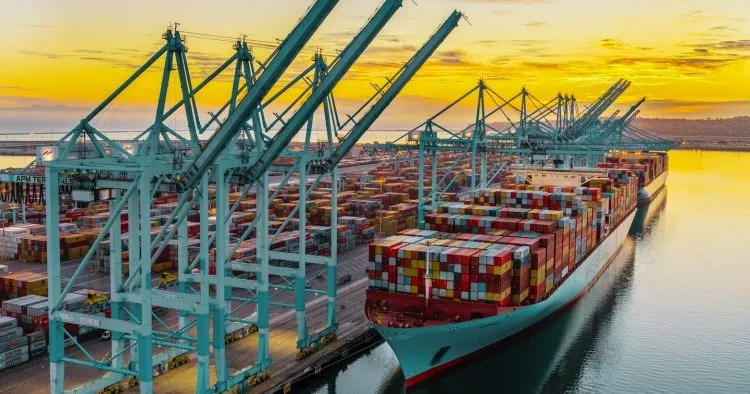New Signals for Vietnam–U.S. Trade
0 / 5. 0
Golden Opportunities from the Reciprocal Trade Framework
According to the Ministry of Industry and Trade, the Joint Statement on the Vietnam–U.S. Reciprocal Trade Agreement Framework will enable deeper market access for both nations, reduce non-tariff barriers, and strengthen cooperation in digital trade, services, investment, and sustainable development. The United States has described this as an “unprecedented opportunity” for businesses on both sides to expand exports.
Experts note that Vietnam is now being treated fairly in terms of tariff policy. The U.S. maintains a 20% reciprocal tariff on goods originating from Vietnam, while reviewing a list of products eligible for 0% tariffs under “aligned and transparent” trade conditions. Compared to many other countries, this level ensures Vietnam is not at a disadvantage and reflects Washington’s goodwill in balancing trade relations.
Dr. Hồ Quốc Tuấn from the University of Bristol (UK) remarked that this is a positive signal, as Vietnam not only avoids the risk of higher tariffs but also gains opportunities to expand its market share. For key export sectors such as textiles, footwear, wood products, and agro-seafood, tariff reductions could serve as a “golden boost” for competitiveness.
According to Vietnam Customs, by September 2025, bilateral trade between Vietnam and the U.S. had reached USD 126.4 billion, up 27.3% year-on-year. Last year, the figure was USD 134.6 billion, with exports reaching USD 119.5 billion (up 23.2%) and imports at USD 15.1 billion (up 9.3%).
Mr. Đặng Phúc Nguyên, General Secretary of the Vietnam Fruit and Vegetable Association, noted that if tariffs are reduced to 0%, fruit and vegetable exports will benefit significantly — especially since this sector grew over 60% in the first nine months of the year in the U.S. market, reaching over USD 400 million. Likewise, the textile industry, which exported nearly USD 17 billion to the U.S. in 2024, expects upcoming negotiation rounds to yield deeper tariff incentives.
New Momentum from Imports and Trade Balance
On the other hand, imports from the U.S. reached nearly USD 14 billion in the first nine months of 2025, up 23.6% year-on-year. Key import groups included computers and components (USD 4 billion, up 24%), machinery and equipment (USD 915 million, up 14.6%), and plastic materials (USD 855 million, up 46%) — indicating gradual improvement in the trade balance.
A notable development is Vietnam’s commitment to expand market access for nearly all U.S. agricultural and industrial exports. This includes simplifying import procedures for medical equipment and pharmaceuticals, and adopting U.S. safety and emission standards — a move that demonstrates Vietnam’s transparency and integration efforts.
Numerous contracts and memorandums of understanding have already been signed, such as Vietnam Airlines’ purchase of 50 Boeing aircraft worth over USD 8 billion, and 20 agreements for importing U.S. agricultural products worth nearly USD 3 billion. These figures show that the Reciprocal Trade Agreement Framework is not merely a political statement, but is already producing tangible economic impact for both nations.
However, Dr. Nguyễn Ngọc Anh, Director of the Center for Research and Development (Depocen), cautioned that Vietnam should remain proactive and prudent in its long-term trade strategy.
Currently, the U.S. accounts for around 30% of Vietnam’s total export turnover, with a large trade surplus on Vietnam’s side. As trade barriers for U.S. goods are gradually removed, Vietnam needs to develop strategies to narrow the trade gap and diversify export markets to avoid overdependence on a single market.
The Reciprocal, Fair, and Balanced Trade Agreement Framework between Vietnam and the U.S. marks a new chapter in bilateral economic cooperation. Opportunities for tariff reduction, market expansion, and trade balance improvement will not only strengthen Vietnam’s export competitiveness but also reinforce its position in the global supply chain.
This “new signal” is expected to drive the Vietnam–U.S. trade relationship into a phase of stable, sustainable, and mutually beneficial growth.






